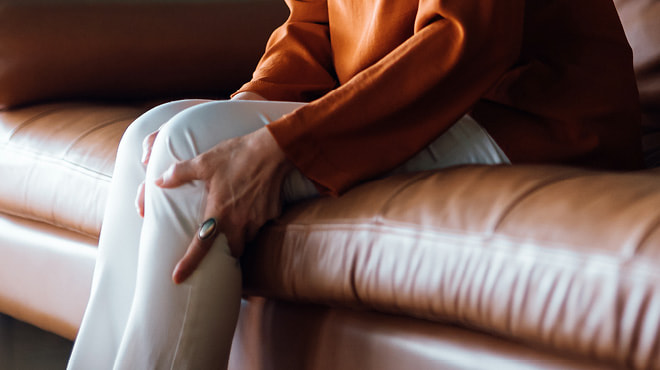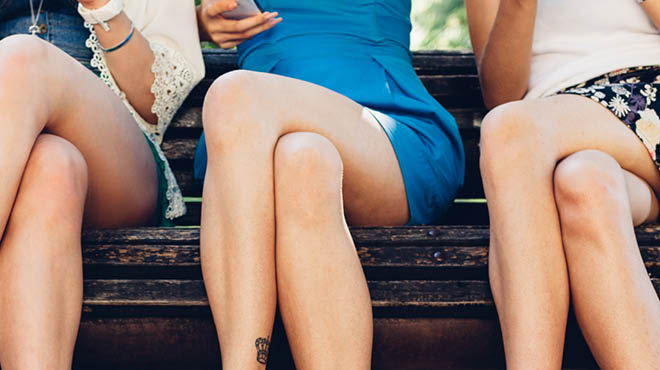Recent Posts
-

-
 Patient StoriesA lifesaver saved: An EMS veteran’s journey from rescue to recoveryNovember 14, 2025
Patient StoriesA lifesaver saved: An EMS veteran’s journey from rescue to recoveryNovember 14, 2025 -

Could your leg pain be varicose veins?

If you've been experiencing an achy, heavy feeling or a burning sensation in your legs, it may be symptoms of varicose veins. They are enlarged veins that often develop as people age or even begin when people are younger.
It's important to note that for most people, varicose veins simply are a cosmetic concern. But for others, varicose veins may lead to more serious health issues, such as significant life-limiting ulcers or blood clots.
Varicose veins usually are dark purple or blue-colored, and they tend to appear twisted or bulge.
Symptoms of varicose veins include:
- Muscle cramping and swelling in your lower legs
- Worsened pain after sitting or standing for a long time
- Itching, pain or heat around one or more of your veins
- Skin ulcers near your ankle
Self-care options to stop varicose veins from worsening include:
- Exercising
- Limiting sodium intake by minimizing canned soups and vegetables, snack meats or chips
- Losing weight
- Wearing looser clothes
- Elevating your legs
- Avoiding sitting or standing for long periods of time
Purchasing compression stockings from your local pharmacy or medical supply store often is the first approach your health care team will suggest before trying other treatment options. Compression stockings are worn during the day and help to improve blood flow in your legs, and reduce swelling and aching.
Alternative treatments for varicose veins
If these self-care options don't ease your pain, your health care team may suggest other options.
These options have minimal pain and provide quick recovery:
- Sclerotherapy
In this procedure, a health care professional injects varicose veins with a solution that scars and closes the veins. This can be done with laser energy without needles. - Minimally invasive catheter-assisted procedure
In this procedure using radiofrequency ablation or laser energy, a long, thin tube is placed into the vein and the tip is heated. This destroys larger veins by causing them to collapse and close. - Vein stripping
In this procedure, a limited piece of vein is removed through small incisions on the leg. Removing the vein won't keep blood from flowing in the leg because veins deeper in the leg take care of the larger volumes of blood. - Ambulatory phlebectomy
This procedure is done in a health care professional's office and is less invasive than vein stripping. Smaller varicose veins are removed through a series of tiny skin punctures. Only the parts of the leg that are being pricked are numbed. It's also performed in the operating room with the help of sedation or other anesthesia for more extensive vein removal. - Endoscopic vein surgery
This surgery usually is used for advanced cases where leg ulcers are present.
Sometimes, one or more procedures can be combined for best results. Your health care team would be happy to discuss your options and determine the best approach to relieve your varicose vein symptoms.
By Mayo Clinic Health System staff


